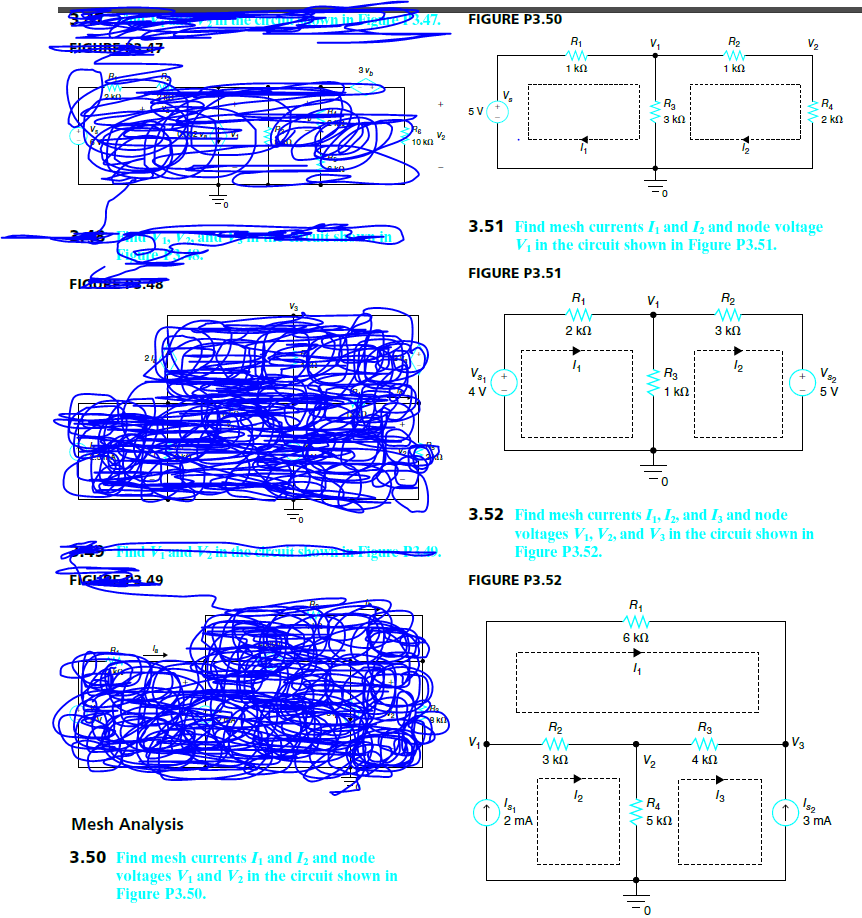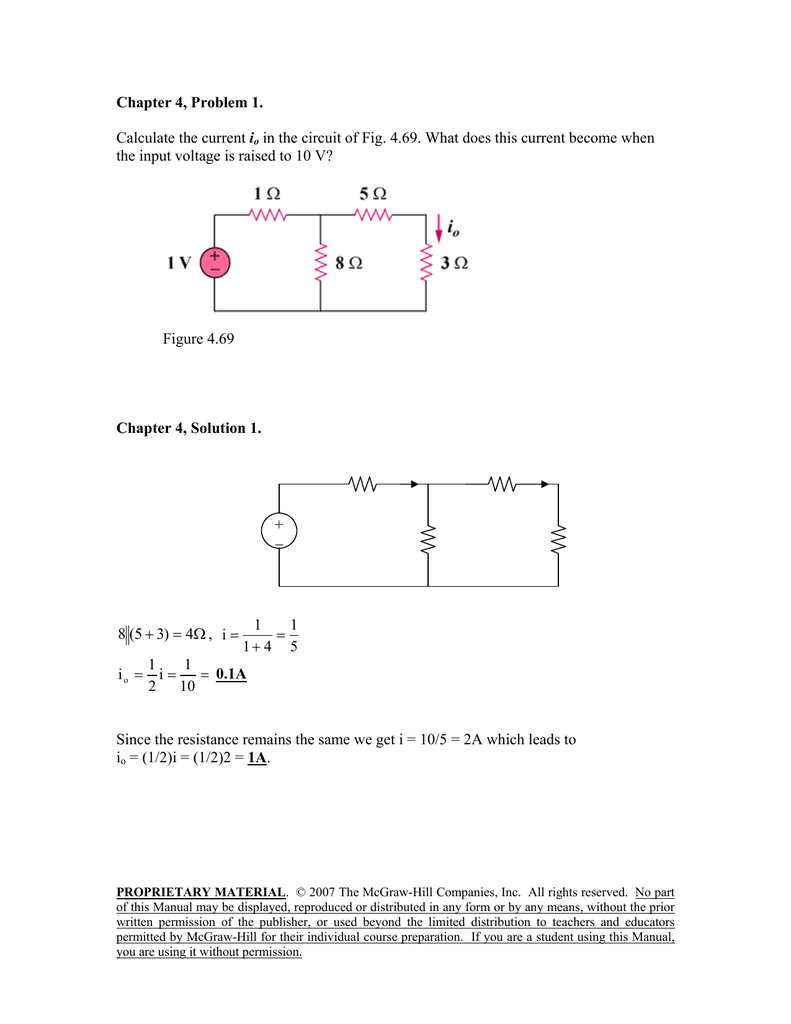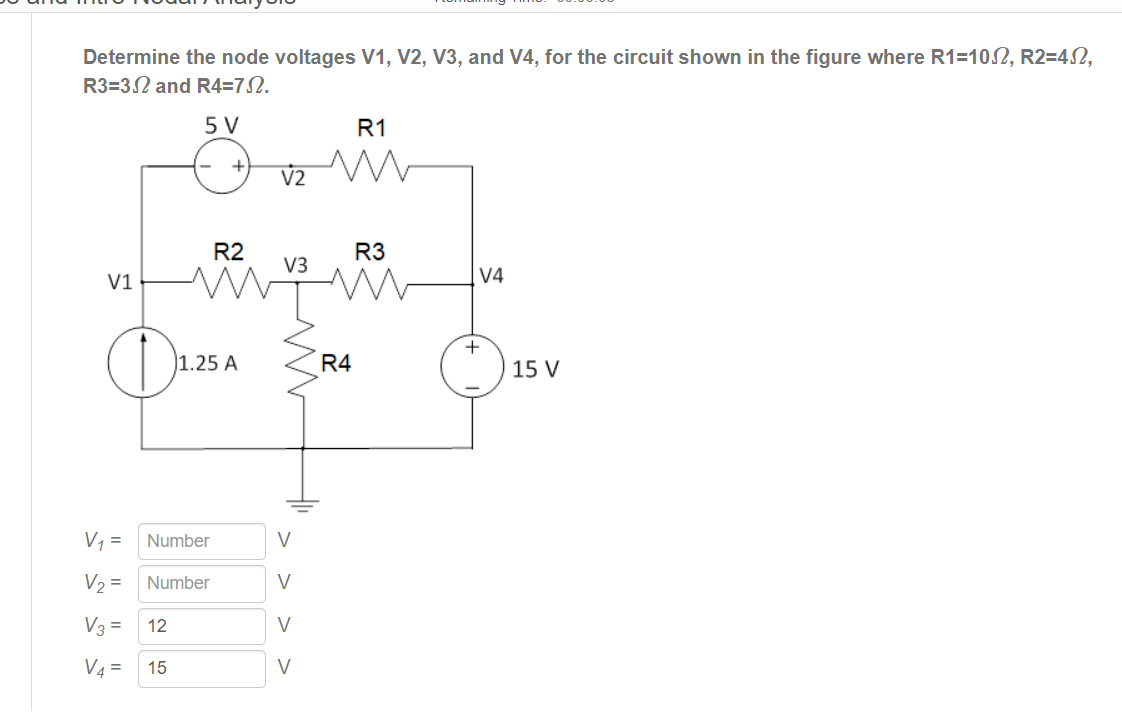Final answer. 3.2 For the circuit in Fig. 3.51, obtain v1 and v2 . 3.6 Solve for V 1 in the circuit of Fig. 3.55 using nodal analysis. 3.11 Find V o and the power dissipated in all the.
Calculate v1 and v2 in the circuit of Fig. 3.62 using nodal analysis. Figure 3.62. Chapter 3, Solution 13. At node number 2, [(v2 + 2) 0]/10 + v2/4 = 3 or v2 = 8 volts.
This Problem has been solved. Unlock this answer and thousands more to stay ahead of the curve. Gain exclusive access to our comprehensive engineering Step-by-Step Solved.
For the circuit in Fig. 3.51, obtain v1 and v2. This problem has been solved! You'll get a detailed solution from a subject matter expert that helps you learn core concepts. See.
For the circuit in Fig. 3.51, obtain v1 and v2.Figure 3.51: For the circuit in Fig. 3.51, obtain v 1 and v 2. Figure 3.51: Step-by-Step Solution. Request Professional Solution Request.
\text { 3.2 For the circuit in Fig. 3.51, obtain } v_{1} \text { and } v_{2} \text {. } Fig: 1. Fig: 2. Submit a new Query + Add Files. Submit. Please Add files or description to proceed..
Video Transcript. for the given circuit obtained B one and me to the given circuit is applying the kirchhoff voltage law at the note driven by 10 Plus we even by five Plus even.
Question: Consider the circuit shown in Fig. 2. The opamp can be considered to be ideal, except for a finite gain of 50 . If v2 is grounded, R1=9kΩ and.












